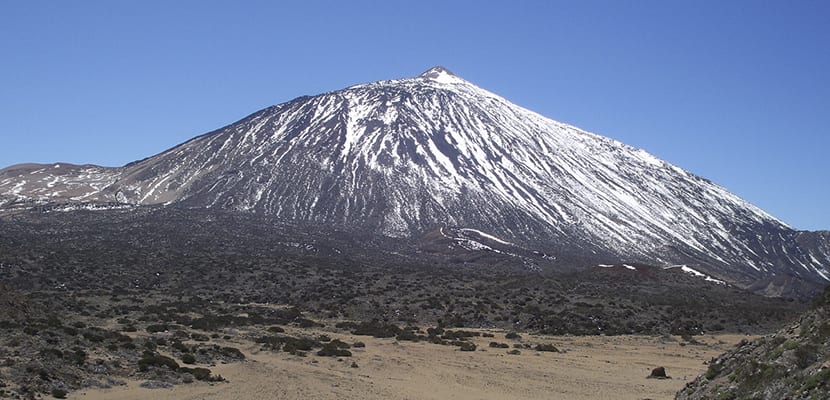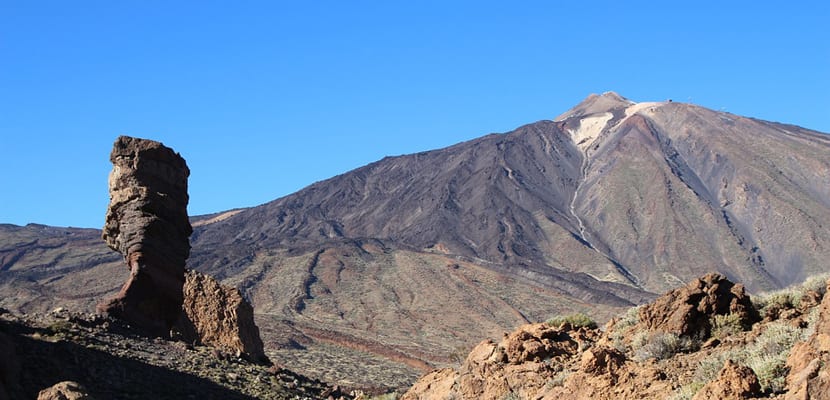
Teide National Park is the largest of the Canary Islands. The entire park is an extraordinary geological treasure, which has the advantage of being relatively close to continental Europe and being easily accessible. Volcanoes, craters, chimneys and lava flows form a spectacular set of colors and shapes that does not leave those who visit it indifferent.
Location
The Teide National Park is the largest and oldest of the four in the Canary Islands and is located in the center of Tenerife. On its surface of 190 km2, Mount Teide rises to 3.718 meters, constituting the highest point in Spain. Its record figures also include being the most visited national park in Spain and Europe, receiving some three million tourists a year.
Address
- Bus:
From Puerto de la Cruz, line 348. From Costa Adeje, line 342. - Car:
From the north by the TF-21 La Orotava-Granadilla highway or by the TF-24 La Laguna-El Portillo highway From the south, by the TF-21 highway From the west, through the TF-38 Boca Tauce highway -Chio.

What to see?
Touring the natural park is quite a spectacle. The Cañadas del Teide form a gigantic Caldera of about 17 km in diameter on which the Pico del Teide sits, the third highest volcano in the world. The snow from the peak together with the lava flows that spill down its slopes form a unique combination that you will not tire of admiring.
Those who visit Mount Teide in spring cannot miss the red tajinaste, which can grow up to 3 meters high and features thousands of tiny, deep red flowers. Another unique treasure in the world is the Teide violet, emblem of the park, which is only found above 2.500 m of altitude.
If the landscape and vegetation here are like from another planet, the fauna is also very interesting. For example, many of the insects that live here are not found anywhere else. There are also unique reptiles, such as the smut lizard, the perennial or the mullet. Bird lovers, here you can see the kestrel, the gray shrike and some endemic species such as the blue finch. Although it is a species introduced by man, it is necessary to highlight a remarkable mammal: the Corsican mouflon. We challenge you to find it because it is usually very elusive in the face of human presence.

Image | Pixabay
What to do?
One of the most exciting experiences that await you in the Teide National Park is to try its cable car. The base station is at an altitude of 2.356m and the upper station at 3.555m. The transit between stations lasts about 8 minutes and the experience is very exciting. Once the tour is over, you will enjoy extraordinary views from the viewpoint where you can take unforgettable photographs.
What to bring?
In the high mountains it is convenient to dose your energies because any prolonged physical effort is exhausting. For this reason, it is advisable to bring water or an isotonic drink and energy foods such as fruit or nuts. Use appropriate footwear for the mountain terrain and both in winter and summer, take extreme precautions as high and low temperatures can be harmful. In any case, it is advisable to wear warm clothing and a raincoat at any time of the year because the weather can be very changeable. Finally, it is vital to carry your mobile phone in your backpack.
World Heritage
In 2007 it was declared a World Heritage Site by UNESCO but long before it was declared a National Park in 1954. In 1989 he received the European Diploma for Conservation in its highest category. It has two visitor centers, one in El Portillo and the other in the Parador Nacional, dedicated respectively to nature and the traditional uses of Las Cañadas.